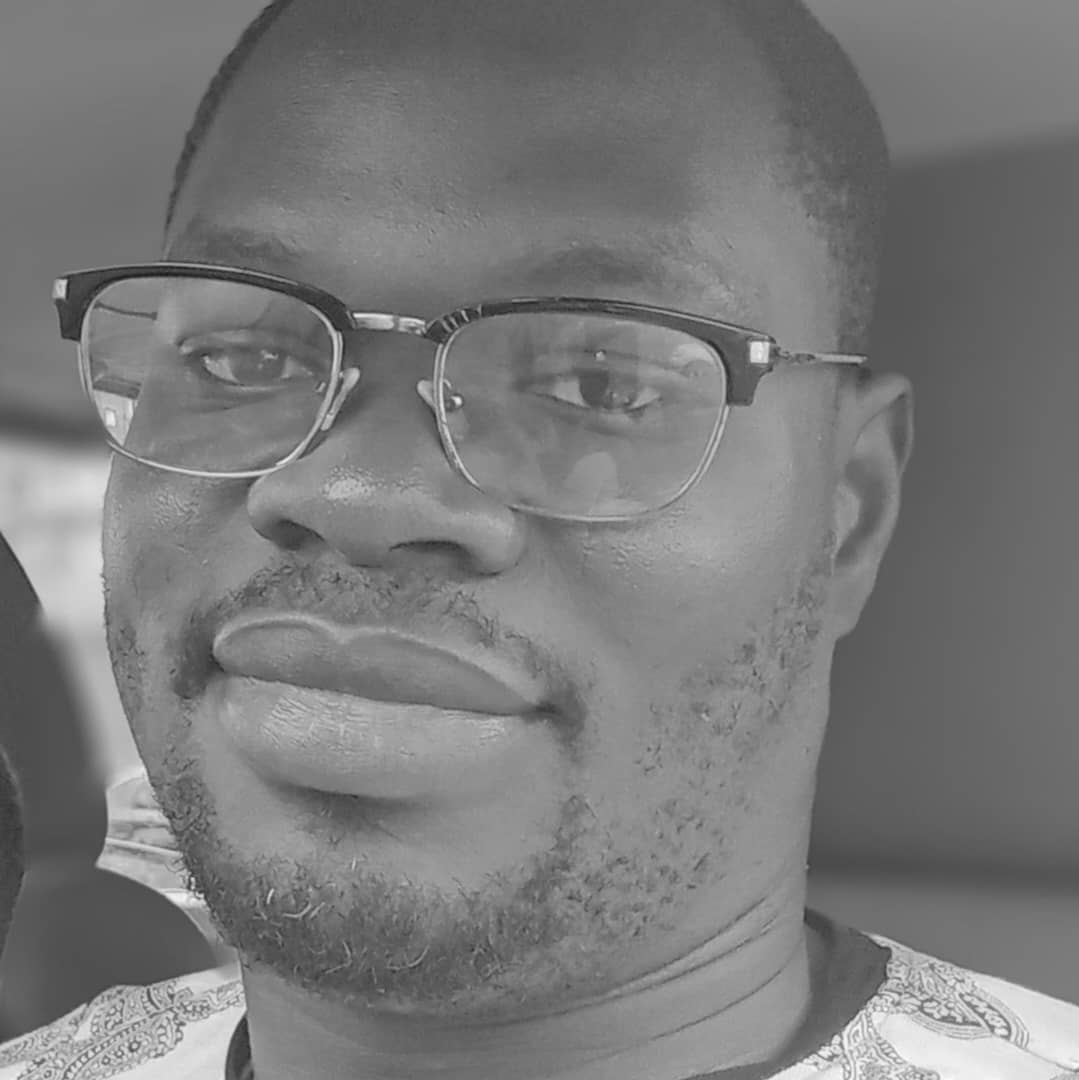Over the past month, I saw how fast hiring is changing, moving away from traditional phone interview comparisons.
Recruiters started reaching out directly on LinkedIn for roles like Content Marketing Specialist, Digital Strategist, and SEO Specialist. Most conversations led to a pre-recorded video interview or a live call, prompting me to reassess how I present myself online.
I took three video interviews in total. Two were live sessions, and one was a one-way video interview with set prompts. It was my first time going through this format, and it offered clear lessons I wish I had learned earlier, especially addressing common job seeker concerns around initial challenges.
Why Pre-Recorded Video Interviews Are Everywhere
The classic across-the-table interview is losing ground. Many remote teams now use pre-recorded video interviews for pre-screening candidates faster, boosting hiring process speed, and removing scheduling friction as a cost-efficient hiring method.
These are often facilitated by a structured interviewing platform that allows for AI features to compare candidates more effectively.
One company asked for a 60-second clip. I introduced myself, shared my location, and explained why I fit the role, responding to the interview questions in the brief. The brief seemed simple, yet it tested clarity, timing, and confidence.
My first take was approved to submit, but the recruiter encouraged a redo. I tightened my message, adjusted my tone of voice to improve delivery, and re-recorded answers. The second version felt sharper and sounded more natural.
What surprised me? A pre-recorded video interview does more than assess experience. It enables recruiter assessment of delivery, calm under pressure, candidate motivation assessment, and how well you frame your value in a short window, contributing to overall candidate evaluation.

Live Video Interviews: What Stood Out
The live sessions felt more conversational, but they were just as demanding. You need to think on your feet and manage the tech side at the same time.
Interview 1
A CEO in the United States reached out directly.
We discussed outcomes, scope, and timelines. We could not agree on fair pay due to budget limits, but the exchange stayed respectful and clear.
Interview 2
The next recruiter was patient and flexible.
I had to restart the interview twice due to audio glitches and background noise issues. She handled it well, creating a positive candidate experience, and while I’m still waiting on feedback, that professionalism left a strong impression.
The takeaway is simple. Live video interviews reward preparation, flexibility, and steady emotions. Connections drop, lights flicker, or noise creeps in, yet calm candidates stand out.
Dress Code for Video Interview: What Works On Camera
Even from home, presentation still matters. The right look shows respect for the process and the interviewer’s time. Remember to dress professionally.
I dressed as I would for an office meeting. Clean shirt, neutral colors, and a simple background. It wasn’t about formality; it was about clarity and presence.
Practical tips that helped me:
- Stick to solid colors over busy patterns.
- Avoid harsh lighting that washes you out.
- Sit upright, frame your face, and tidy the backdrop.
- Keep your camera at eye level for a natural view.
A sharp look boosts confidence. That confidence shows up in your tone and body language on screen.

My Video Interview Practice Routine
Since it was new to me, I spent time on video interview practice, focusing on practice recording responses. I recorded short clips on both my laptop and phone. Watching them back helped me adjust pacing, posture, and lighting.
I also focused on eye contact. Looking into the lens, or learning to look at the camera, made the delivery feel direct and personal. It’s a small tweak with a big impact.
If you’re preparing for a one-way video interview, this helped:
- Rehearse your opener until it sounds natural.
- Keep answers concise with high-quality answer content focused on outcomes.
- Review audio, clarity, background, and use the video playback option before submitting.
- Ask a friend or recruiter for feedback if you can.
The more you practice, the smoother the final take will be.
What I Learned From Recruiters
Each recruiter taught me something different. Speed matters, clarity matters, and your setup can shape the first impression.
- Be ready for quick turnarounds. Many teams move fast when screening.
- Keep examples tied to results. Think traffic gains, conversion lifts, or growth metrics, especially for competency questions.
- Show that you’re easy to work with. Respond on time and confirm details early.
These simple habits help you pass the first filter, advance in the ongoing recruiter assessment, and reach deeper interview stages.
Video Interview Tips
Use these steps to raise your odds in both live and recorded video interview formats.
- Prepare your setup early with technical preparation. Test the internet, camera, and mic, then have a backup plan.
- Research the company with a job description review. Match your tone, examples, and outcomes to their values and goals.
- Plan talking points around key interview questions. Keep a notepad of key wins, tools, and numbers.
- Engage naturally. Smile, nod, and keep steady eye contact with the lens.
- Control your space. Silence notifications and let others at home know the schedule.
- Follow up with intent. Send a short thank you with one relevant takeaway.
These video interview tips show you respect the process. Recruiters notice.

Real-World Example: The 60-Second Pitch
The 60-second intro is your hook in a live or pre-recorded video interview. Here’s the structure I used:
- Who you are and where you are.
- The role you’re targeting and your top skill set.
- One quantifiable result, like ranking gains or ROI.
- Why you’re a fit for their needs today.
This structure kept me on time for the interview timeframe completion and on message. It also made it easier to re-record without losing energy, while showcasing strong communication skills.
Mindset Matters More Than Tech
The tools help, but mindset wins. Treat each video as a chance to show how you think and communicate.
- Speak with intent. Short sentences carry weight on camera.
- Stay calm under hiccups. Keep going, then offer to repeat or clarify.
- Own the close. Thank the interviewer, restate your interest, and outline the next steps you expect.
These habits signal maturity and make you memorable.
Final Thoughts: Master the Pre-Recorded Video Interview
Video interviews are not going away. A strong pre-recorded video interview, paired with confident live sessions, helps you stand out beyond your résumé and supports effective candidate evaluation.
This month stretched me, yet it paid off in clarity and confidence. Preparation, presentation, and professionalism changed how recruiters saw me and how I saw myself.
If you’re getting ready for your next round, build a simple system. Plan your setup, rehearse your pitch, check your look, and keep your tone warm and direct. That’s how you turn a pre-recorded video interview into a real advantage.

Adeyemi Adetilewa is a senior digital marketing specialist and founder of IPB Digital Network, a company powering his digital publishing and marketing projects. He also runs his personal website, AdeyemiAdetilewa.com, where he shares insights on SEO, content marketing, and business growth. With over 10 years of experience, Adeyemi has built niche platforms such as IdeasPlusBusiness.com, SaaSXtra.com, CoinBuns.com, and PayAPeer.com, and contributed to publications including The Huffington Post, The Good Men Project, Addicted2Success, and Hackernoon.

